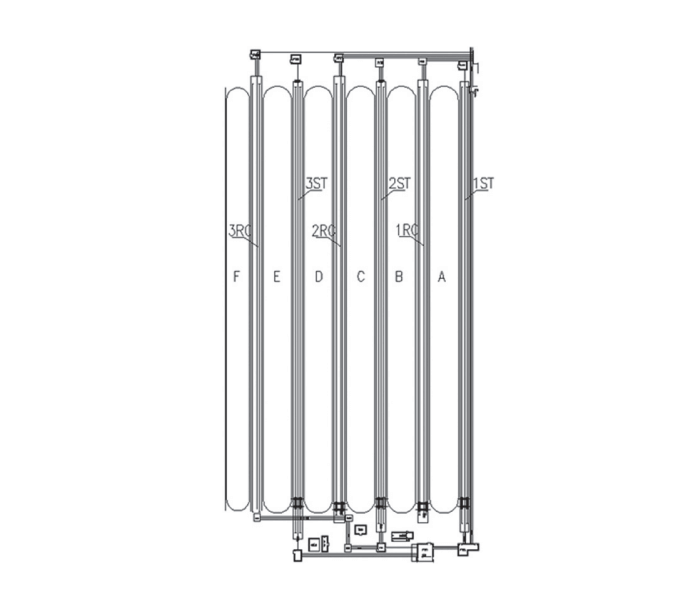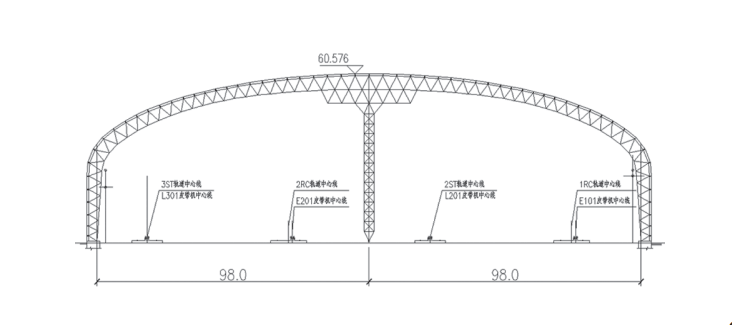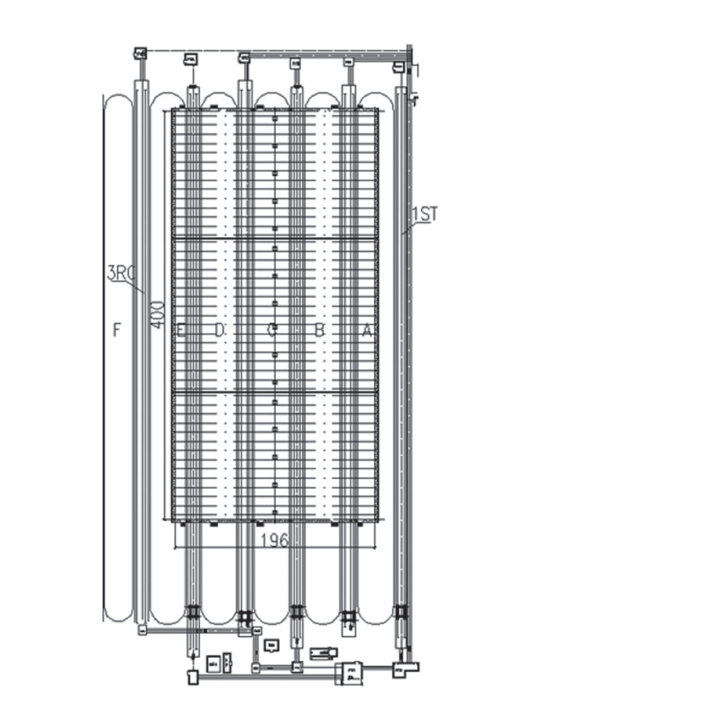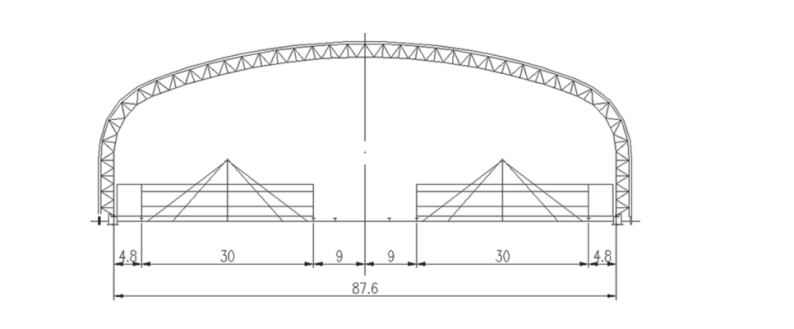+86 177 5193 6871
222, Block B, Diamond International, Guozhuang Road, Xuzhou, Jiangsu, China
Tangshan Iron & Steel North District Raw Material Yard was completed and put into operation in 1989. It was the second modern comprehensive raw material yard in China at that time after Baosteel Comprehensive Raw Material Yard, and it was also the first large-scale comprehensive raw material yard designed by my country. Its main task is to centralize unloading, stockpiling, and processing of raw materials and fuels required by each workshop of the whole plant, and uniformly send the processed qualified materials to the sintering workshop, blast furnace workshop, boiler room and blast furnace pulverized coal preparation workshop. At the same time, it is also responsible for the transportation of sintered ore to the blast furnace, as well as the transportation of crushed coke and powdered sintered ore to the stockyard under the blast furnace tank, and the transportation of sintered ore to the stockyard. The total annual material handling capacity of the raw material field reaches 50 million tons. All raw materials and fuels are stored in the open air. As the national environmental protection requirements become more and more stringent, all materials must be put into sheds or warehouses. Therefore, it is an urgent measure to carry out environmental protection and closure of the raw material yard.
1、Current status and existing problems
The raw material field in the north ironmaking area of Tangsteel is in the open air, and there are raw materials such as iron ore powder, ore, flux, coke, etc., and it supplies one 3200m 3 blast furnace, two 2000m 3 blast furnaces, one 180m 2 sintering set, one 265m 2 sintering set, Two 210m 2 sintering machines are used. The stock yard is surrounded by wind-proof and dust-suppressing nets. Severe stormy weather will cause dust on the surface of the stockpile and the impact of rainwater will cause air dust pollution, ground pollution and material loss. According to data, the annual loss of raw materials and fuels of iron and steel enterprises using open-air stockyards accounts for about 0.5% to 2% of the total annual material intake.
The annual material consumption of the blast furnace and sintering in the northern area of ironmaking is ~10 million tons, and the annual material loss is about 70,000 tons (material loss is calculated as 0.7%). That is to cause economic losses, but also cause environmental pollution. Therefore, it is necessary to close the stock yard to reduce material loss and dust, and reduce environmental pollution .
2、Transformation content
2.1 Environmentally friendly closure of the primary stockyard
There are six material strands A, B, C, D, E, and F in sequence from south to north in a stock yard, and correspondingly, there are six large machines (1ST, 1RC, 2ST, 2RC, 3ST, 3RC) from south to north (3 piles feeder, 3 reclaimers). The stacking capacity is 1200t/h, and the reclaiming capacity is 1600t/h. The entire primary stock yard is 560m long and 300m wide. see picture 1. The stockyard has a large span and is difficult to close. With the adjustment of national policies, the production capacity in the urban area was gradually transferred to the port and wharf. One 2000m 3 blast furnace in the North District was relocated to medium and thick plates, and one 180m 2 sintering was relocated abroad. In this way, production capacity is compressed, and the demand for raw materials is also reduced accordingly. According to the production needs, the primary stockyard will be transformed into a shed. Remove 1ST, 3RC and F strips, shorten the width of A and E strips. Cylindrical reticulated shell structure is adopted for the enclosure. The span of the factory building after shed is 196m, and supporting columns are set in the middle of the C material strip. The length of the factory building is 400m and the height is 60m. See Figure 2 and Figure 3.

Figure 1 Before the primary stockyard is closed

Figure 2 Closed elevation view of the primary material yard

Figure 3 After the primary stock yard is closed
2.2 The mixing yard is environmentally friendly and closed
There are 2 material strips in the mixing yard, one mixing stacker and two roller mixing reclaimers. The stacking capacity is 1800t/h, and the reclaiming capacity is 1500t/h. Two mixing and reclaiming machines operate alternately, and the production operation adopts a one-pile-one-feed system. The difficulty of canopy for the mixing stockyard is simpler than that of the primary stockyard, with a span of 87.6m, no supporting columns in the middle, a length of 418.5m, and a cylindrical reticulated shell structure. After sealing, there is no need to dismantle the original equipment or destroy the original material. See Figure 4 and Figure 5.

Figure 4 Closed plan of the mixing yard

Figure 5 Closed elevation view of the mixing yard
Through the environmental protection and closure of the raw material yard in the north iron-making area of Tangsteel, various materials are put into sheds or warehouses, which optimizes the process flow of the feeding system and greatly improves the production environment and work efficiency of the raw material yard. In addition, lean management is also required On the road of gradual advancement and improvement, we will continue to work on the production process and equipment management, and finally achieve the optimization of the environment, the improvement of efficiency, low consumption, high output, and continuous improvement of production capacity.
